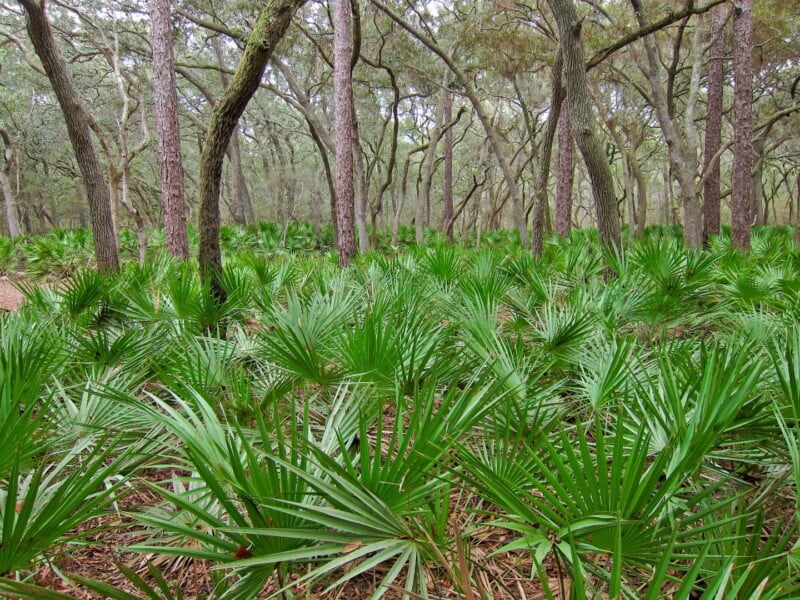The Saw Palmetto (Serenoa repens) is renowned for its hardy nature and the distinct fan-shaped fronds it contributes to landscapes. Propagating this plant from its drupes (often mistakenly referred to as berries) can be a gratifying endeavor, but there are several considerations to understand when attempting to germinate these hardened seeds, especially concerning the endocarp.
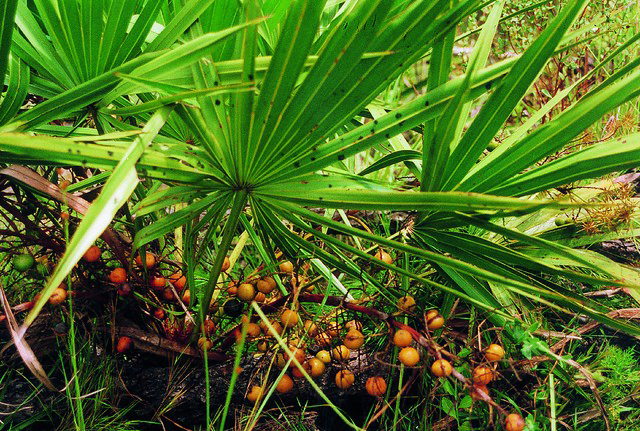
The Anatomy of a Saw Palmetto Drupe
The drupe of the Saw Palmetto is made up of several layers. The outermost layer, the flesh, is typically blue-black when ripe and is the layer often sought after for its purported health benefits. Beneath this is the endocarp, a hard shell protecting the seed inside.
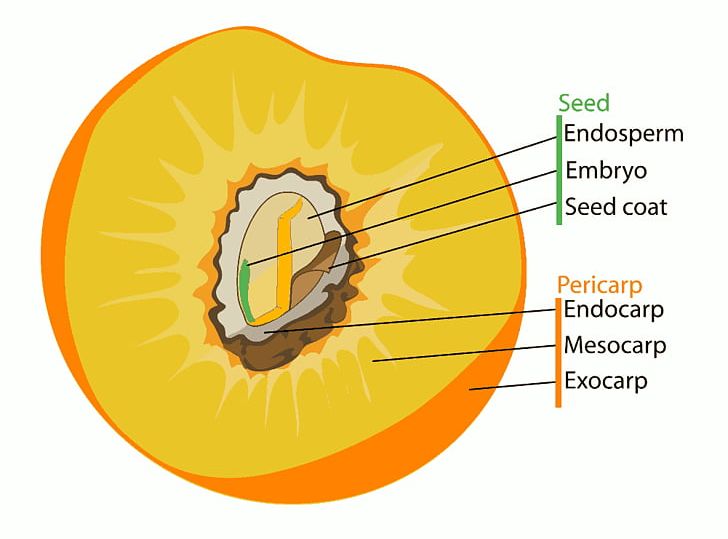
Does Removing the Endocarp Aid Germination?
The endocarp’s primary role is to protect the seed inside from predation and environmental hazards. However, its hardy nature can also act as a barrier to moisture and gas exchange, essential elements for germination.
Some studies suggest that removing or scarifying the endocarp can significantly enhance germination rates. Scarification involves breaking, scratching, or somehow compromising the seed coat to expedite the absorption of water. For seeds with particularly hard coats, scarification can be instrumental in successful germination.
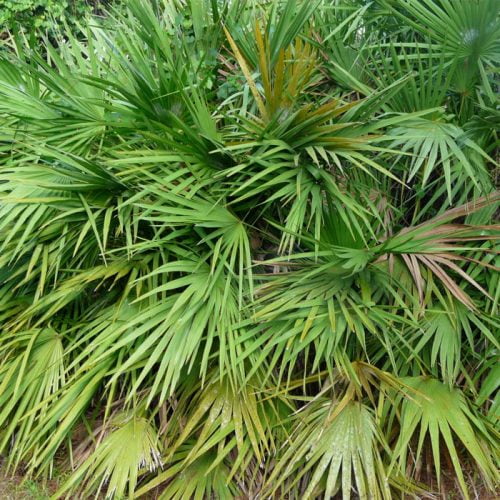
5 Florida-Native Saw Palmetto Seeds (Serenoa repens)
Saw Palmetto Seeds: Embark on a botanical journey with these native gems, perfect for cultivating a piece of Southeastern U.S. wilderness in your own space.
Includes 5 Saw Palmetto drupes. USDA Zones 8-11. 100% dormant/hardened.
The Rock Tumbler Method: An Innovative Approach to Scarification
If one determines that endocarpal removal might be too detrimental to the seed inside, scarification becomes an appealing alternative. Using a rock tumbler is an out-of-the-box method to scarify the drupes:
- Preparing the Tumbler: Place the drupes inside the rock tumbler, ensuring they’re not too crowded. The tumbling action should be able to freely affect all the drupes.
- Tumbling Duration: Tumble the drupes for several hours, checking periodically. The goal is to create minor abrasions, not to crush or damage the drupes.
- Post-Tumbling: Once scarified, soak the drupes in water for 24-48 hours, then plant as usual.
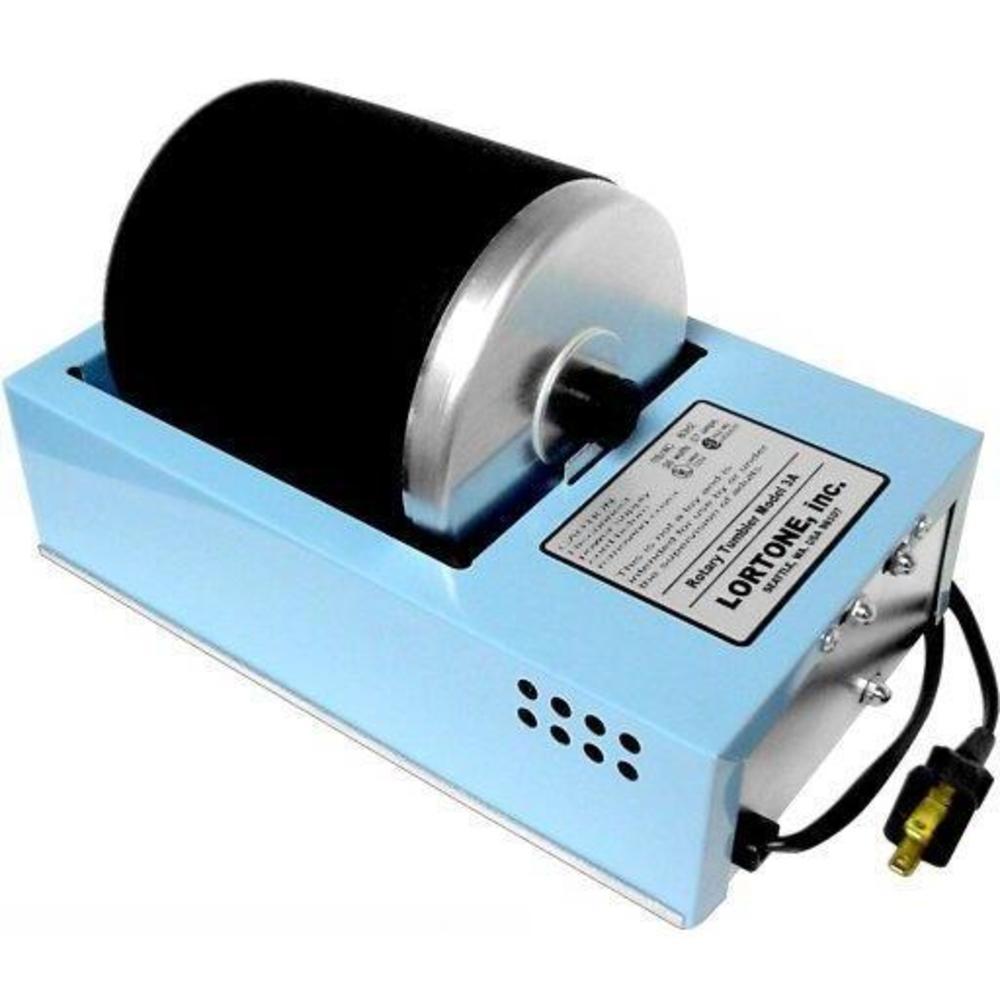
Additional Tips for Germination
- Soaking: Before sowing, soak the drupes in water for a day or two. This helps in imbibition, a crucial step in the germination process.
- Warmth and Humidity: Saw Palmetto seeds favor warmth and humidity. Employing a heat mat and maintaining a humid environment can be beneficial.
- Patience: Saw Palmetto drupes can take time to germinate. Regularly check the soil moisture and be patient.
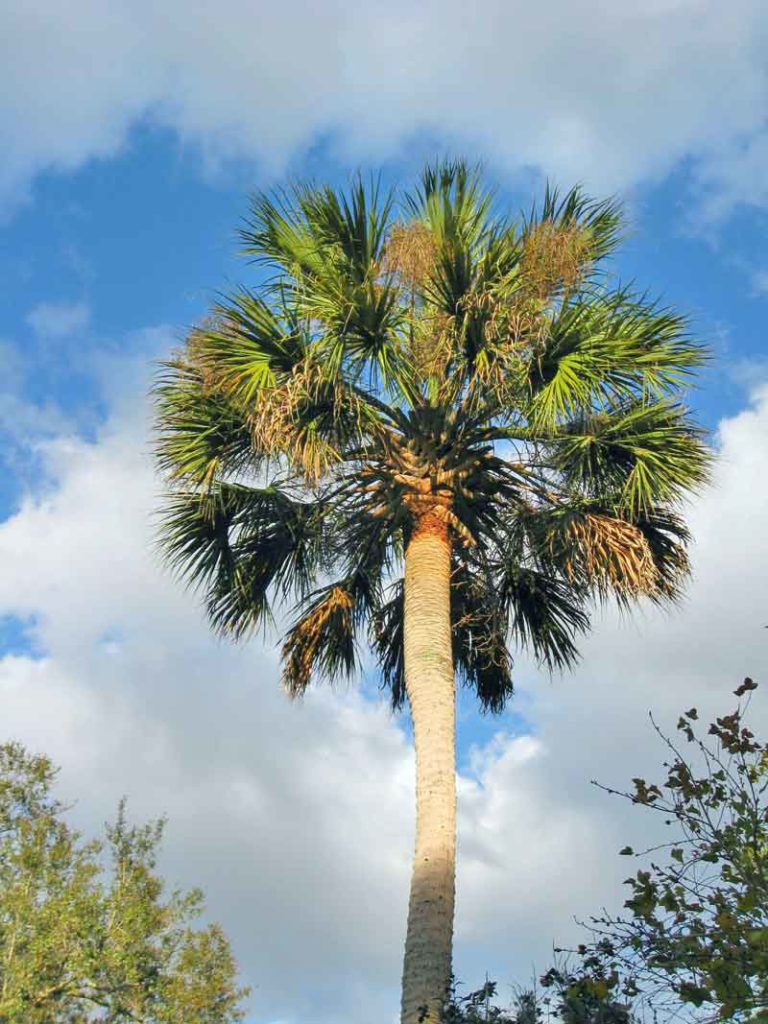
Florida-Native Sabal Palm Seeds (Sabal palmetto) Cabbage Palm- State Tree of Florida
Whether you’re looking to add a tropical touch to your garden or support local ecosystems, Sabal Palm Seeds are your ticket to a thriving, resilient palm that sways gracefully with tales of its native land. 20+ seeds.
Origin: Polk County, FL, USDA 8-11.
In Conclusion
The journey of germinating Saw Palmetto drupes with the endocarp intact requires an understanding of the seed’s anatomy and how each layer interacts with the environment. While removing the endocarp can aid in speeding up germination, it comes with its risks. Scarification, with methods like the rock tumbler, offers an alternative that can encourage faster germination without the potential downsides of complete endocarpal removal. As always, experimentation, patience, and observation are key to mastering the art of germination.

The Adventures of Johnny Butterflyseed – Author Signed First Edition Children’s Book
Save the monarchs!
Johnny Butterflyseed and his fairy friend, Raven Silverwing, embark on a mission to save the rapidly disappearing butterflies. They enlist the help of Queen Venus Goldwing and her kingdom of monarchs to educate and inspire kids to become butterfly farmers. At first, Johnny faces his own internal struggle with self-doubt and fear in his ability to make a difference, but then soon develops a mindset that allows him to not only get started, but also make progress one day at a time. Through challenge after challenge, Johnny learns that he is not alone in his mission and that there are many people who want to help. Together, Johnny, Raven, and Queen Venus educate thousands of children on becoming butterfly farmers.
